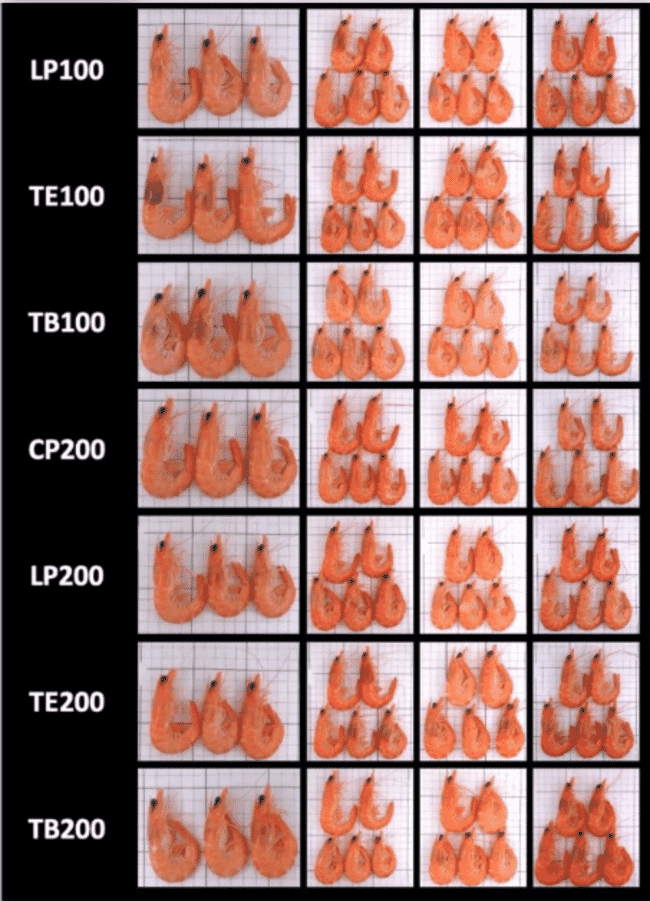A team of researchers from National Chung Hsing University, China Medical University Hospital, and National Taiwan Ocean University compared the effects of astaxanthin produced by a genetically engineered strain of the yeast Kluveromyces marxianus (known as 3S, 3’S-ASTX) with a synthetic alternative, on genes linked to immunity and the red colouration of shrimp (Penaeus vannamei).
The study also looked at the potential commercial uses of 3S, 3’S-ASTX produced by Kluveromyces marxianus; to investigate whether shrimp fed a diet containing astaxanthin might exhibit non-specific immune responses.
In addition, the researchers analysed the effects of astaxanthin on shrimp resistance to infection with Vibrio parahaemolyticus.
Currently, the alga Haematococcus pluvialis, the yeast Xanthophyllomyces dendrorhous, and the bacterium Paracoccus carotinifaciens are being used for the commercial production of two natural forms of stereoisomers: 3S and 3R.
However, the natural production of astaxanthin is expensive, mainly due to its low productivity and limited sources.
Chemically derived astaxanthin is commonly used as a feed additive in aquaculture, but synthetic forms can be toxic to humans and the production process can cause environmental contamination.

(A) Digital analysis points of the shrimp body, and (B) Weekly photographs after cooking. © Lin et al, (2023)
Impact on shrimp colouration
“Our results reveal that reddish and yellowish colouration is significantly increased at week two in all shrimp that received the astaxanthin-supplemented feeds, compared to those that received the control feed,” said the researchers in a press release.
However, they note that the results indicate a dose-independent difference in colouration between shrimp that received the astaxanthin-supplemented feeds.
“We observed that shrimp that received TE200, which was supplemented with 3S, 3’S-AST derived from K. marxianus, had the highest red colouration values at weeks 1 and 2, compared to those that received the other astaxanthin-supplemented feeds,” they report.
Immune boosting properties
Immune responses, including phagocytosis activity, superoxide anion production, phenoloxidase activity, and immune-related genes, were examined on days 0, 1, 2, 4, 7, 14, 21, and 28.
In general, shrimp receiving AST-supplemented feeds exhibited higher immune responses on days 7 and 14 than the control feed.
“Our findings suggest a wide range of physiological benefits of 3S astaxanthin, 3’S-AST derived from K. marxianus; among which are included improvements in survival, pigmentation, stress tolerance, disease resistance, and gene expression related to immunity,” they explain.
“Incorporation of astaxanthin into diets improved shrimp red coloration, immunological parameters, and resistance against V. parahaemolyticus infection,” they add.
They further highlight that K. marxianus-derived astaxanthin exhibited higher performance than chemical astaxanthin to be a potential feed additive in shrimp aquaculture.
“Administration of 3S astaxanthin, 3’S-AST derived from K. marxianus improved multiple immunological parameters and prevented V. parahaemolyticus infection in shrimp,” they explain.




